Familiarizing yourself with different high-protein gluten-free food options is the first step toward meeting the demands of consumers seeking more balanced lifestyles, rich nutritional profiles, and inclusive eating options.
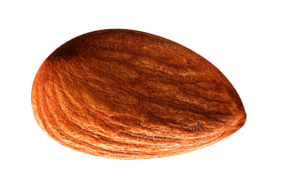

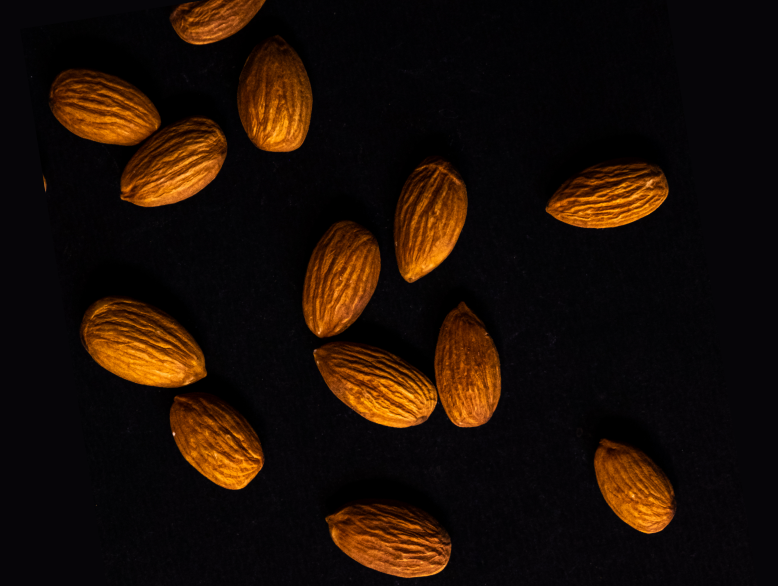
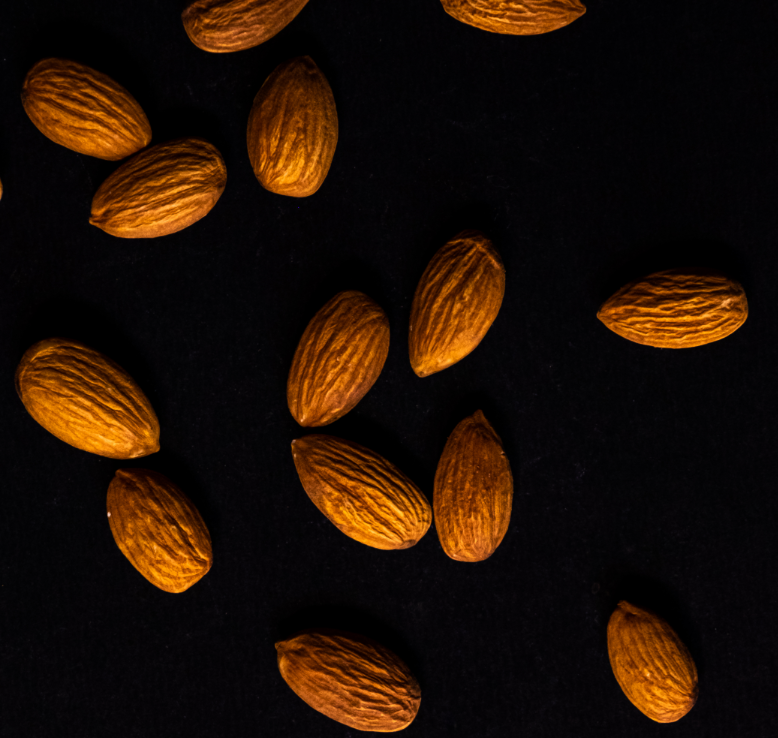






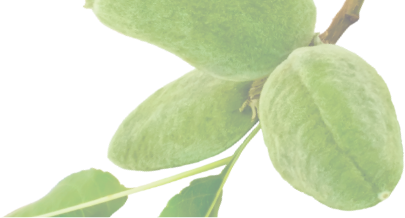
High-Protein Gluten-Free Ingredients to Try

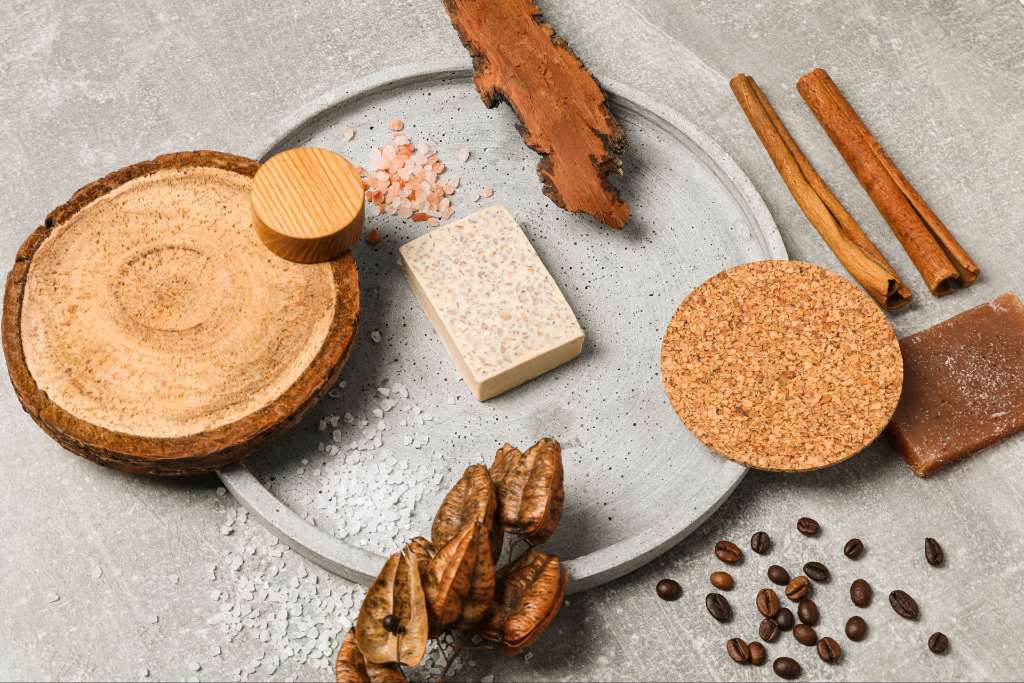
As the pursuit of wellness continues to shape dietary choices, the spotlight has turned to high-protein gluten-free foods. These ingredients cater to those with gluten sensitivities and offer nutrient-rich options that support balanced diets.
Why Incorporate High-Protein Gluten-Free Ingredients?
Embracing foods rich in protein and without gluten offers many health benefits. These ingredients can:
- Provide Essential Nutrients: They supply vital vitamins and minerals necessary for overall health.
- Support Muscle Development: Adequate protein intake is crucial for muscle repair and growth.
- Aid in Weight Management: High-protein foods can promote a feeling of fullness, reducing overall calorie intake.
- Enhance Immune Function: Proper nutrition strengthens the immune system, helping prevent illnesses.
- Promote Satiety: Protein-rich meals can keep hunger at bay, making it easier to maintain a healthy eating pattern.
Moreover, many gluten-free protein sources are less processed, aligning with anti-inflammatory dietary patterns. For those with gluten sensitivities or celiac disease, these foods ensure nutritional adequacy without the adverse reactions associated with gluten consumption.
By focusing on naturally gluten-free, high-protein ingredients, you can ensure food preparations that promote a balanced diet that supports overall health.
Top High-Protein Gluten-Free Foods to Explore
Diversifying your diet with various high-protein, gluten-free ingredients can open up a world of culinary possibilities. Here are some versatile options to consider:
1. Vegan, Gluten-Free Almond Protein Powder
Derived from premium almonds, vegan almond protein powder is a plant-based powerhouse celebrated for its rich nutrient profile and adaptability in various recipes. While not a complete protein on its own, it contains a broad spectrum of essential amino acids and pairs well with other plant-based sources to form a complete protein profile. Additionally, it’s rich in dietary fiber, which aids in digestion and promotes a feeling of fullness.
With its subtle nutty flavor, almond protein powder seamlessly integrates into:
- Smoothies and shakes
- Juices
- Baked goods like muffins, cakes, and pancakes
- Sports nutrition and on-the-go products like energy bars and snack bites
Its versatility makes it a valuable addition to both sweet and savory creations.
2. Quinoa
This grain is celebrated for its impressive nutritional profile and culinary flexibility. Quinoa is a good source of folate, phosphorus, and manganese, which contribute to various bodily functions, including energy metabolism and bone health. It also contains all essential amino acids, making it a complete protein, and is high in fiber, iron, and zinc.
Quinoa serves as an excellent base for:
- Salads and grain bowls
- Soups and stews
- Side dishes as a substitute for rice or pasta
3. Chickpea Protein
Chickpea protein is derived from chickpeas, which naturally contain 16–24% protein. This plant-based protein is rich in essential amino acids, provides iron and calcium, is high in fiber, and contains beneficial fatty acids like linoleic and oleic acids, serving as a suitable alternative to animal-based proteins.
Its emulsifying properties make it functional in various food applications, including the following:
- Dairy-free yogurts
- Plant-based beverages
- Energy bars and savory snacks
- Meat substitutes
- Egg-free mayonnaise
Chickpea protein’s mild, slightly nutty flavor allows it to blend seamlessly into both sweet and savory recipes, enhancing nutritional value without overpowering other flavors.
4. Cottage Cheese
As a dairy-based protein source, cottage cheese is renowned for its high casein protein content, which promotes sustained amino acid release and provides a prolonged feeling of fullness. It is also rich in essential nutrients like calcium and B vitamins and is available in low-fat varieties.
With its creamy texture and mild flavor, cottage cheese can be enjoyed:
- On its own or paired with fruits, nuts, and seeds
- It can be incorporated into salads and savory dishes
- Used as a base for dips and spreads
Its adaptability and nutritional profile make it valuable for different products and meal preparations.
5. Egg White Protein
Egg white protein is derived from the whites of eggs, offering a high-quality, animal-based protein source. Egg whites are low in calories and free from fat and cholesterol, making them a lean protein option. They are rich in essential amino acids necessary for muscle repair and overall health.
Egg white protein powder can be seamlessly incorporated into:
- Smoothies
- Protein bars
- Baked goods
Its neutral flavor complements various recipes, enhancing protein content without altering taste.
6. Amaranth
Amaranth is an ancient, gluten-free grain celebrated for its impressive protein content and rich supply of essential amino acids, particularly lysine, which is often limited in other grains. Beyond protein, amaranth provides dietary fiber, iron, magnesium, and phosphorus, contributing to a well-rounded nutritional profile.
It can be cooked similarly to rice or quinoa and used as a base for:
- Salads
- Porridges
- Side dishes
Additionally, amaranth flour serves as a nutritious alternative in gluten-free baking, enhancing the protein content and texture of baked goods.
Read: Best Gluten-Free Protein Alternatives for Baking and Cooking
Enhance Your Creations with Harris Woolf’s Vegan Almond Protein Powder
Incorporating high-protein, gluten-free ingredients like almond protein powder, quinoa, and chickpea protein can significantly enhance your culinary creations’ nutritional value and diversity.
At Harris Woolf Almonds, we are committed to delivering premium almond products to support your nutritional and culinary endeavors. Our vegan and gluten-free almond protein powder stands out with its high protein content, low fat levels, and customizable options to meet your specific needs. Whether you’re formulating protein blends, enhancing baked goods, or developing innovative food products, our almond protein powder offers a superior solution.
Boost your products with our customized almond protein solutions. Request a sample today!
